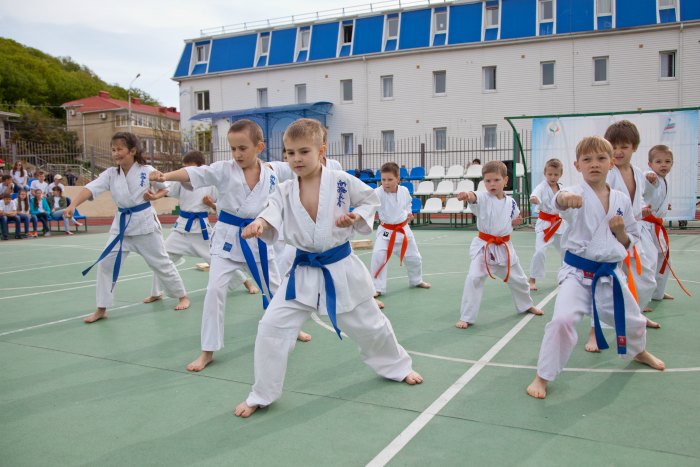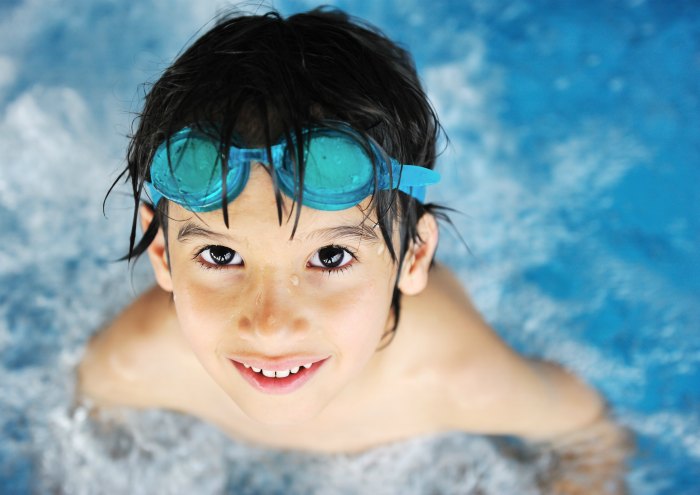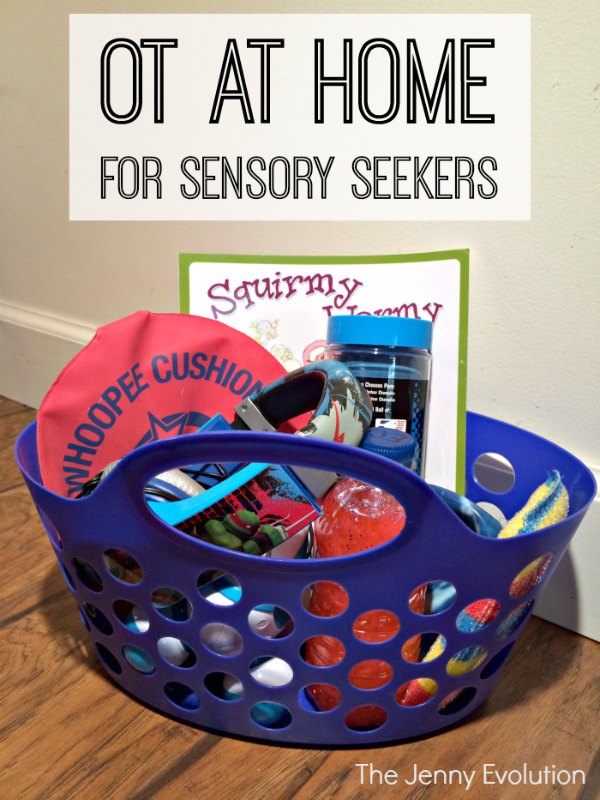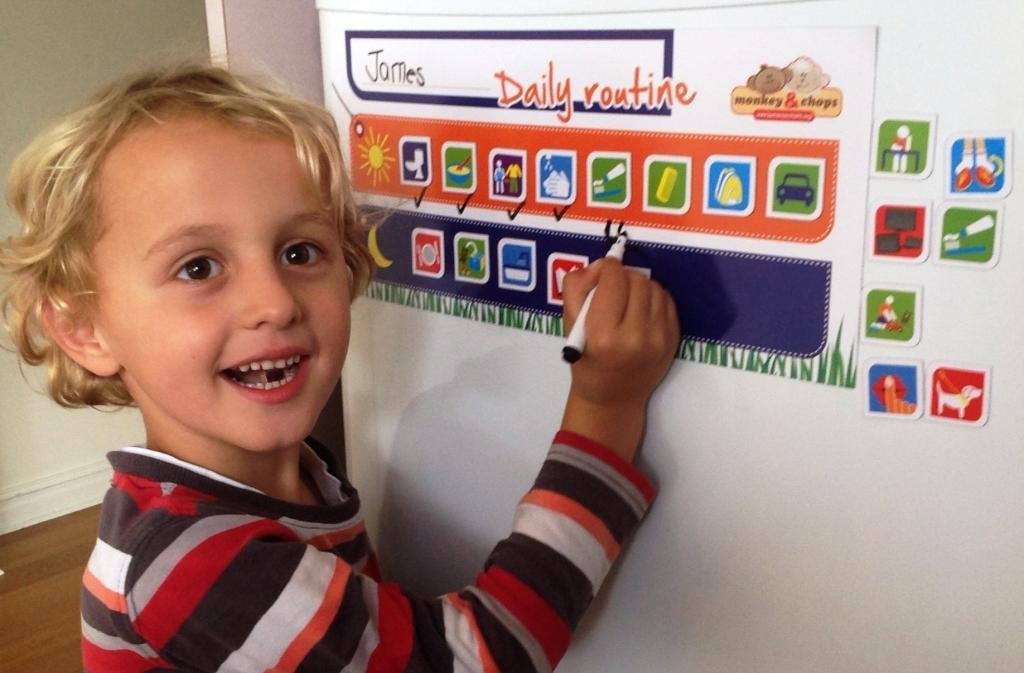OT at Home for Sensory Seekers
For many reasons some families aren’t able to establish occupational therapy OT at home services with professionals for their kids.
Whether it is because insurance won’t pay for it or there aren’t any services available within a reasonable driving distance, parents of children with sensory processing disorder are sometimes forced to start OT services in their home with no training.
There are some easy ways you can help establish a regiment of OT at home that will help fill in some of your child’s occupational therapy needs.
Erin from Putting Socks on Chickens has a sensory seeker herself. Today, she is sharing how she personally started her son’s sensory diet when she couldn’t get OT for him.
Be sure to learn more about Sensory Processing Disorder and my parenting tips on how to support your child with sensory challenges.
Occupational Therapy for Sensory Seekers
When my family started on the journey of Sensory Processing Disorder (SPD) almost 1 year ago, we couldn’t find anyone in the area to provide therapy for our sensory only child.
At the time I had no training in OT, and I still don’t. I had no idea what SPD was or exactly how it was affecting my child.
All I knew was that he needed help and that I was going to have to be the one to help him.
After much research and many trials and errors, there are a few things that I have learned over the past year about establishing OT therapies and sensory retreats in our home.
Some of these might not work for all children with SPD, because as we all know, no single child with SPD is exactly the same.
However, I wanted to share what is working for my little seeker and how we are getting occupational therapy for him without actually going to an OT.
My son, although both a sensory seeker and avoider, is more of a seeker when it comes to these activities.
These might not be suitable for avoiders.
Establish a visual schedule
I was so hesitant about this for so long.
I had read about how important it was, but I always thought that my son was doing just fine without a visual schedule.
After a couple weeks of meltdowns because of a change in our regular routine, I decided to give it a try.
Immediately, I saw wonderful results.
He knew what to expect for each day.
He no longer got upset when I told him we had a regular routine activity that day.
We also decided to have his teacher give him a visual schedule of the daily routine at school.
After almost a full year, he finally knew what to expect and do each day because of the schedule.

Sign them up for martial arts
We started Tae Kwon Do right at the same time that we received the SPD diagnosis.
We had heard that martial arts was a great activity for kids with SPD and that it helped them with understanding the body in space and motion.
I will say that after almost a year, my son is doing better at jumping jacks, but Tae Kwon Do offered so much more for us.
We could see a difference in his behavior in the weeks when he wasn’t able to go on a regular basis.
I remember struggling to get out the door to get Tae Kwon Do because of meltdown after meltdown and then after 1 hour of running, jumping, kicking and punching, he was a calm and collected kid again.

Take them swimming
Last summer we had swimming lessons.
I wanted to do this because of safety issues, and ironically I learned after the fact that this can be a great exercise for children with SPD.
It provides excellent full body proprioceptive input.
My son loves water, so this was an excellent choice for us.
Whenever we get a chance, we are going to the lake since we don’t have a pool.
If you don’t have access to a pool or body of water, find a local swimming teacher and sign your child up for swimming lessons.
And don’t forget the swim goggles!

Play sports
Sports provide sensory input in various ways for you to consider when signing your child up for sports.
We have always done soccer which provides great vestibular input from all of the running.
My son also plays baseball. I’ve recently started to learn about joint compressions for SPD kids and this sport is a great way to fill that sensory need for my son.
Also, many sports provide great hand eye coordination development skills.
One thing to keep in mind when signing them up for sports is the time and number of commitments.
We try to keep it to one sport plus martial arts per season and we don’t do sports back to back in our house.
To go from soccer straight to baseball without a break was too much for my son, so we do a summer sport and fall sport.
As he gets older and can handle more, we might add more sports.
Encourage Roughhousing
So many times a wrestling match or tackling each other has prevented a major meltdown.
Again, this is a great way to provide your child with proprioceptive input.

Yard Work
I’m not suggesting you have your child start push mowing, although if they are old enough this would be a great exercise.
I have my child help with pulling weeds, planting our garden and taking care of it.
Try out this gardening kit to get them going!
Household chores
Your child can fulfill sensory needs while helping out around the house.
While it is hard to get my kid motivated to actually do anything to help out sometimes, when he does, I know that he is getting proprioceptive input he needs.
Carrying or pushing laundry baskets, sweeping the floor, vacuuming, dusting, picking up toys…whatever chores your child helps with, they can all provide sensory input.
Take them to the park
A park is filled with so many fun things for your child to do that can fill their sensory needs.
From swinging to climbing, it is a fun place for your child and can mean a day of less meltdowns.
Designate a time to fulfill your child’s sensory diet
Figure out when would be a good time that works in your schedule and include a time for some fun sensory activities.
Establishing a set time and routine early on will be good for both you and your child.
Develop a sensory retreat for your child
This has been one of the most difficult things for me.
I know the tools that my son needs but actually getting my child to use these tools when he needs to has proven to be a difficult task.
What I have done though is let him help me pick out things that he wants and we keep them in an area where he can have privacy.
We set up a small pop-up tent in his room and filled it with different sensory tools, such as a handheld massager, balloons, a whoopie cushion, sponges for brushing skin, pillows, and weighted blanket.
The important thing is to work with your child to build a place where they will feel comfortable and will want to go when they get overwhelmed by including items that they find comforting.
About Erin
Erin is the mother of 2 of the most adventurous and hard-headed children.
She is also a wife, part-time fundraiser for a non-profit and aspiring blogger.
SENSORY SUMMER SERIES
This post about OT at home is part of the Sensory Summer series, hosted by Mommy Evolution in partnership with The Sensory Spectrum.
I encourage you to follow us all summer and visit our Sensory Summer series page to get the latest sensory fun for your kiddos!



Love this post! I was nodding and nodding…xoxoxoxox
Good article with easy ideas. I liked the martial arts, roughhousing, take them to the park and sensory retreat ideas. Others listed are great too even though you mention that they might not work for everyone.
Maybe I missed it but whats in the sensory basket at the top of the page?
Well that’s our personal sensory basket – I would work on specifically what your child needs.
This post is wonderful. We’ve just recently put a name to this wonderful new way of doing life. The swimming lessons have been wonderful. And what really was another sign was the teacher putting socks on and a wetsuit. He now requests both at every lesson. And we now do stretches every night.
Thank you so much.